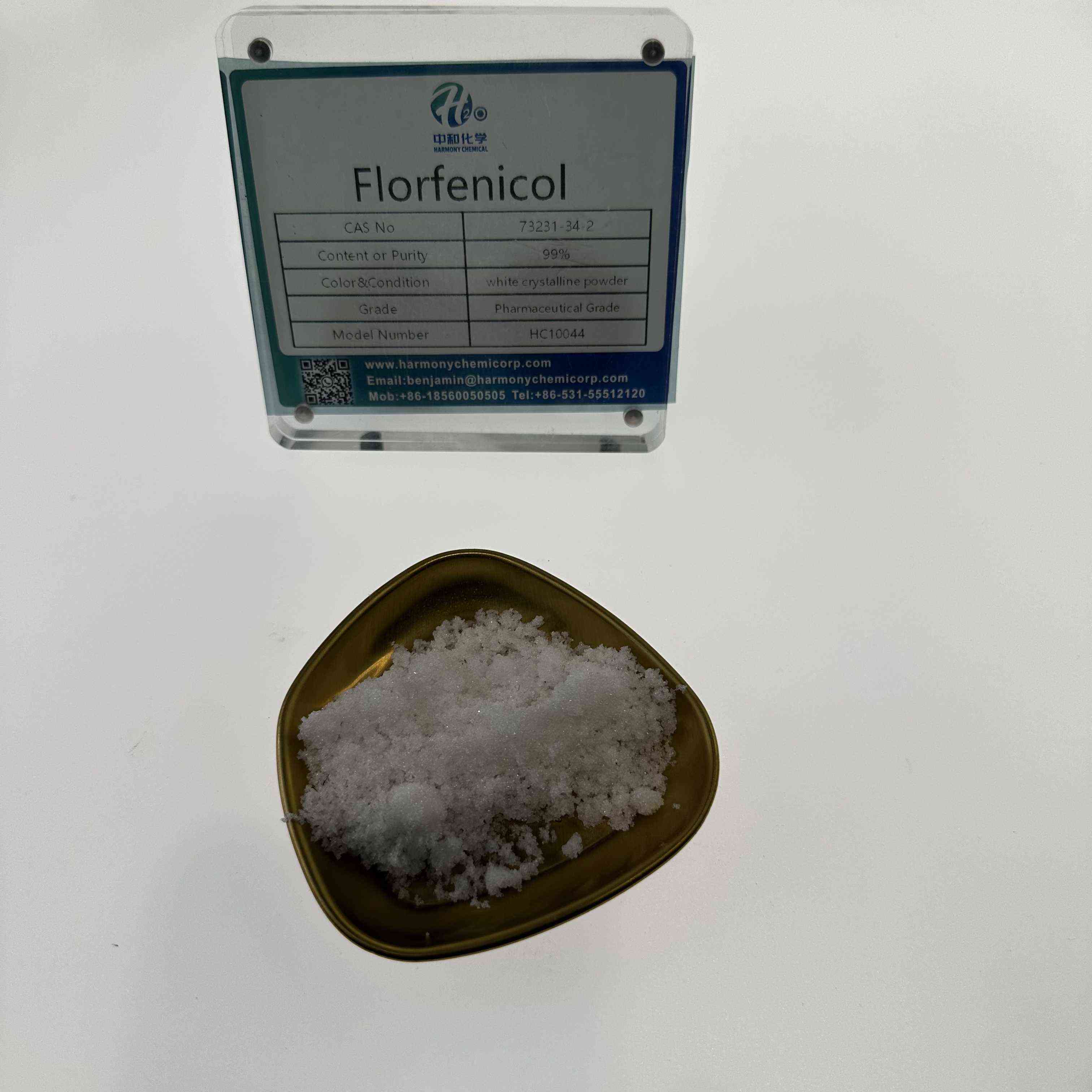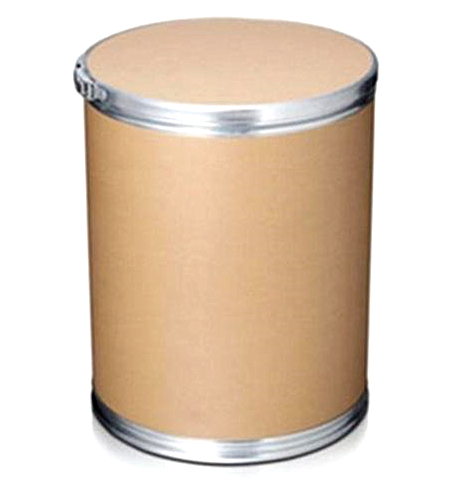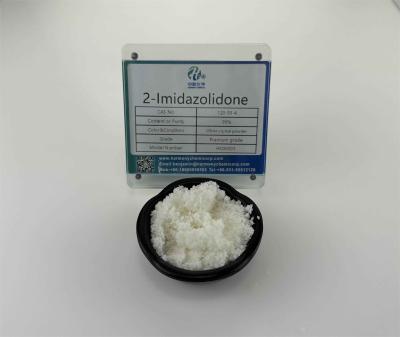Florfenicol
Flufenicol inhibits the peptide chain extension by means of tightly binding to the 50S subunit on bacterial ribosomes, hindering the peptide acyltransferase conversion reaction; Simultaneously selectively performing on the receptor of the 70S ribosome that makes up the bacterial cell, alters and interferes with the feature of peptidyltransferase, thereby double interfering with the synthesis of bacterial proteins. Flufenicol has a barely higher antibacterial spectrum and pastime than thiamphenicol, and has sturdy antibacterial undertaking towards quite a number Gram nice bacteria, Gram poor bacteria, and Mycoplasma. Hemolytic Pasteurella and Pasteurella multocida are notably touchy to this product, whilst Streptococcus, Shigella dysentery, Salmonella typhi, Klebsiella pneumoniae, Escherichia coli, and Haemophilus are touchy to this product.
| name | Florfenicol |
| CAS NO | 73231-34-2 |
| Molecular formula | C12H14Cl2FNO4S |
| molecular weight | 358.21 |
| melting point | 153 °C |
| Specific Rotation | 26 +17.9° (DMF) |
| boiling point | 618℃ |
| Storage conditions | Inert atmosphere,2-8°C |
| form | solid |
| colour | White to Off-White |








